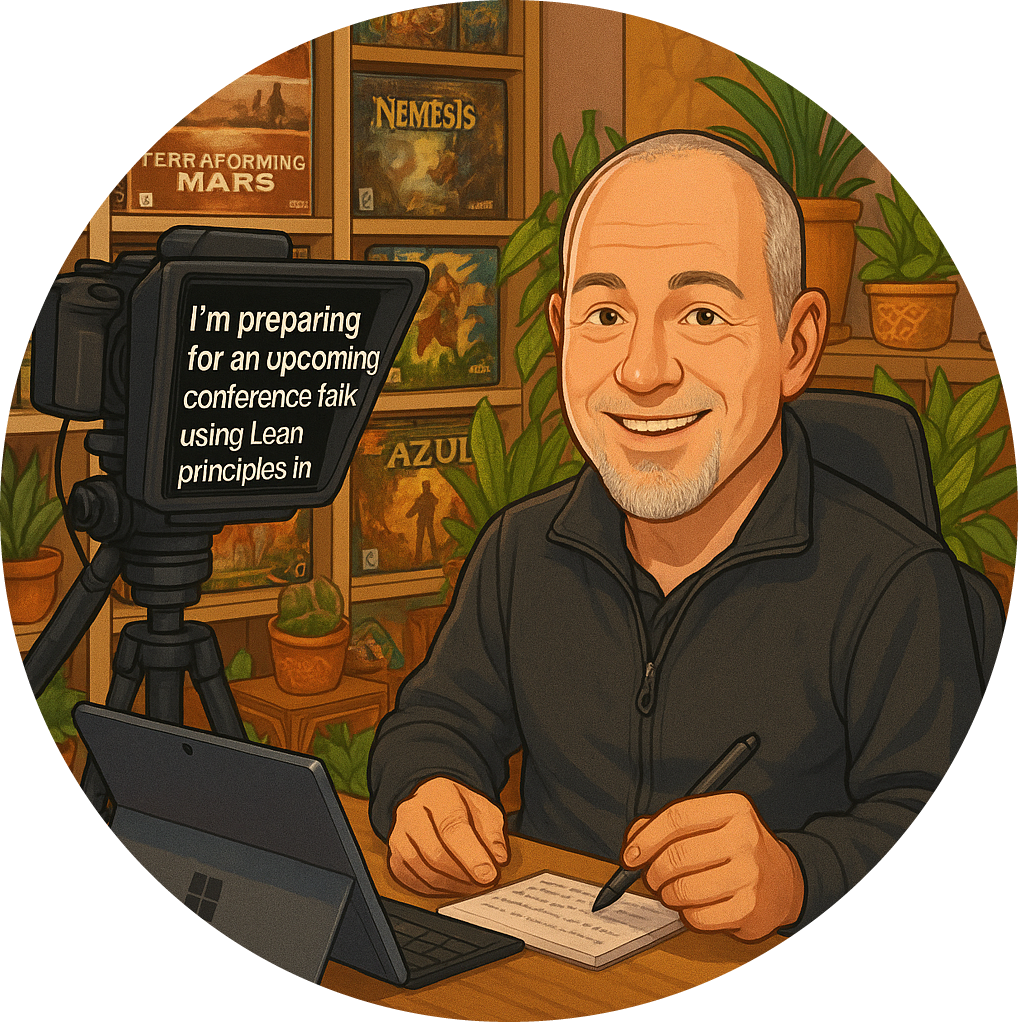Competence is more than just a buzzword in today’s fast-paced world, it’s a foundational element for success in any organization. If we want to create valuable products and services, investing in our team’s competence is non-negotiable. It’s not just about bringing in the right people but supporting those we have in their journey of continuous learning , experimentation , and growth. Let’s dive into why competence matters and how we can foster an environment where it thrives.
Why Competence is Critical to Organizational Success
Competence is the engine that drives innovation and value creation in any organization. Without it, even the best strategies fall flat. Here’s why:
Competence enables problem-solving: Skilled employees are better equipped to tackle challenges, adapt to new situations, and find creative solutions.
It leads to higher productivity: When team members know their stuff, they can deliver more efficiently and effectively.
It’s a key to customer satisfaction : Competent teams create better products, and better products lead to happier customers.
If we don’t invest in the skills and knowledge of our people, we risk stagnation, missed opportunities, and ultimately, mediocrity.
Why Unhappy People Build Mediocre Products
One of my key realizations over the years is simple yet profound: Unhappy people build mediocre products. Think about it, if someone is disengaged, stressed, or unhappy in their role, their output reflects that lack of enthusiasm. Here’s how this plays out:
Low morale leads to low-quality work: When people aren’t invested, their attention to detail wanes, and the overall quality of their work suffers.
Lack of passion results in uninspired solutions: Creative thinking requires a certain level of excitement and commitment. Unhappy teams struggle to find that spark.
Retention becomes a challenge: High turnover due to dissatisfaction means constantly training new people instead of building on the expertise of existing team members.
🔍 Key Insight: If we want great products, we need great people who are happy, engaged, and passionate about what they do.
Creating Environments that Foster Happiness and Growth
The secret to building great products lies in creating environments where people can thrive. As leaders, it’s our responsibility to cultivate workplaces that support well-being, learning, and growth. Here’s how we can do that:
1. Encourage Continuous Learning 📚
A culture that promotes continuous learning helps employees stay relevant and motivated. It’s about more than just formal training, it’s about creating a mindset of curiosity and growth.
Offer access to online courses, workshops, and certifications.
Encourage knowledge sharing through team meetings and internal forums.
Create a mentorship program where senior team members guide newer ones.
2. Support Experimentation 🚀
Innovation comes from experimentation, trying new things, making mistakes, and learning from them. This requires an environment where employees feel safe to take risks.
Celebrate successful experiments and treat failures as learning opportunities.
Allocate time for employees to work on passion projects or explore new ideas.
Provide tools and resources that make experimentation easier.
3. Prioritize Well-Being ❤️
Happy employees are more productive and creative. A focus on well-being can make a significant difference in their engagement levels.
Offer flexible working hours to support work-life balance.
Provide wellness programs, such as yoga classes or gym memberships.
Encourage regular breaks to prevent burnout and maintain focus.
🔍 Key Insight: A happy, learning-oriented team is more likely to create exceptional products that exceed customer expectations.
The Connection Between Self-Care and Competence
When we talk about competence, we can’t ignore the role of self-care. Just like taking care of your body is essential for physical health, taking care of your mind and skills is crucial for professional growth. Self-care in this context means actively investing in one’s own development and abilities.
Read books, listen to podcasts, and stay updated: This ensures you are aware of the latest trends and practices in your field.
Practice regularly: Just like athletes, professionals need to train their skills. Deliberate practice makes a huge difference.
Seek feedback: Constructive criticism is a powerful tool for improvement, helping to identify areas where growth is needed.
By encouraging our team members to care about their competence, we create a culture of continuous improvement where everyone strives to be better every day.
How Organizations Can Prioritize Competence
It’s time for organizations to stop settling for mediocrity and start focusing on competence. Here are some actionable steps to make this shift:
1. Hire for Competence, Not Just Culture Fit 🔍
While cultural alignment is important, it should not overshadow the need for skill and expertise.
Focus on hiring people with proven abilities and a willingness to learn.
Use skills assessments during the interview process to evaluate technical and soft skills.
Prioritize candidates who demonstrate a passion for continuous improvement.
2. Invest in Training and Development 📈
Training should be seen as an investment, not an expense. Offering opportunities for professional development can pay off in the long run.
Create individualized learning plans for team members.
Budget for industry conferences, workshops, and online courses.
Encourage participation in cross-functional projects for broader skill development.
3. Recognize and Reward Competence 🌟
Recognizing the achievements of competent team members reinforces a culture of excellence.
Offer performance-based incentives that align with skill growth.
Celebrate milestones in skill development, such as completing a challenging project or earning a new certification.
Promote from within, giving growth opportunities to those who demonstrate high competence.
🔍 Key Insight: By focusing on hiring, developing, and rewarding competence, organizations can ensure they are building teams that drive innovation and success.
Conclusion: Competence Is the Key to Sustainable Success
Competence is not a one-time investment, it’s an ongoing journey. It requires a commitment from both individuals and organizations to keep learning, adapting, and improving. By creating an environment that supports competence through continuous learning, experimentation, and well-being, organizations can set themselves up for long-term success.
Let’s not settle for mediocrity. Instead, let’s build workplaces where happy, competent people can thrive, and in turn, create products and services that truly make a difference.
By fostering a culture that prioritizes competence and supports its people, organizations can move from simply surviving to truly thriving. It’s time to invest in the skills of today to build the successes of tomorrow. 🌱💡
This blog post highlights the essential role of competence in driving organizational success. By emphasizing the need for continuous learning and creating environments where employees can thrive, it offers actionable insights for leaders aiming to build a culture of growth and innovation. Optimize your team’s potential and watch the results unfold!

























